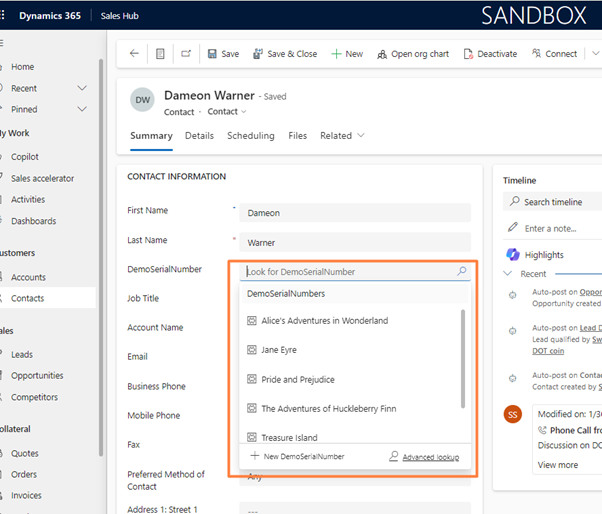

24 Jun, 2024
Posted on 24 Jun, 2024 by Swetha Salaskar, Posted in Power Apps Dataverse Dynamics 365
 Blogs
Blogs
In today’s business landscape, seamless data integration across platforms is crucial for efficiency and productivity. Many organizations use SharePoint for document management and data storage, while Dynamics 365 CRM is widely used for managing customer relationships. This post explores how to make data stored in SharePoint lists available to Dynamics 365 CRM users through the use of Virtual Entities, allowing them to select and save this data within the CRM system.
What Are Virtual Entities?
Virtual Entities in Dynamics 365 CRM allow data from external sources to appear as native CRM entities without storing the data in the CRM database. This approach is ideal for integrating data that is managed outside Dynamics 365, such as SharePoint lists.
Understanding the Requirement
A common customer requirement is to enable Dynamics 365 CRM users to access data stored in SharePoint lists. Using Virtual Entities in Dynamics 365 CRM is an efficient solution that ensures users can leverage existing data without duplicating efforts, maintaining a single source of truth across platforms.
Step-by-Step Integration Process










Benefits of Using Virtual Entities
Conclusion
Integrating SharePoint list data with Dynamics 365 CRM using Virtual Entities can significantly enhance business operations by ensuring that critical data is easily accessible across platforms without data duplication. This method leverages real-time data access, improves efficiency, and maintains data consistency.
Comment